Pol Henarejos
Open Datasets for Satellite Radio Resource Control
Apr 22, 2024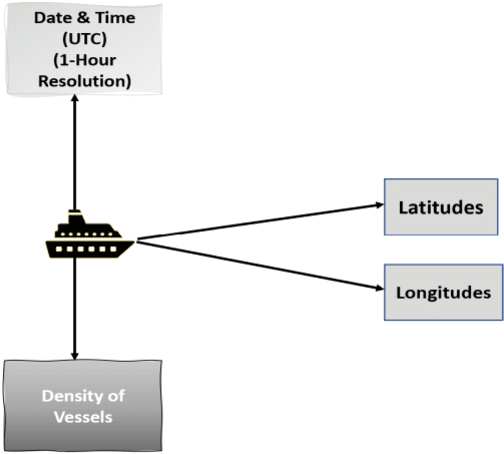
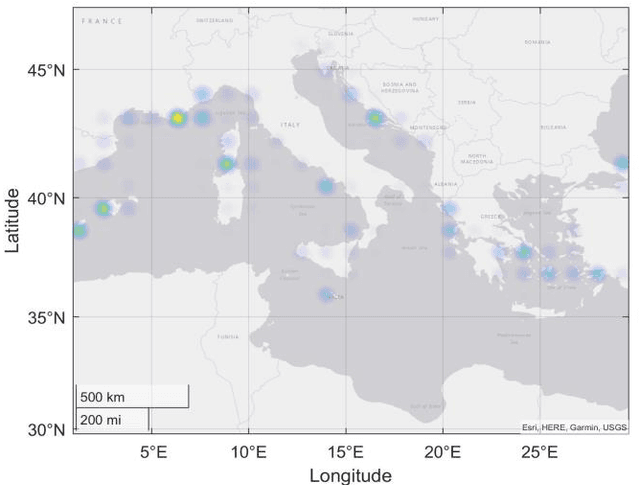
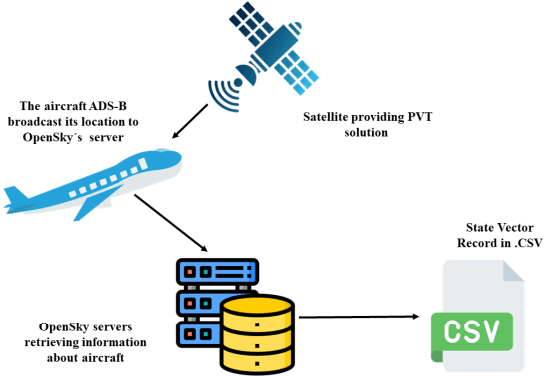
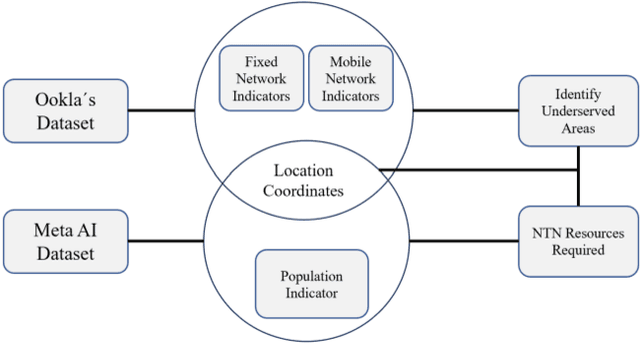
Abstract:In Non-Terrestrial Networks (NTN), achieving effective radio resource allocation across multi-satellite system, encompassing efficient channel and bandwidth allocation, effective beam management, power control and interference mitigation, poses significant challenges due to the varying satellite links and highly dynamic nature of user traffic. This calls for the development of an intelligent decision-making controller using Artificial Intelligence (AI) to efficiently manage resources in this complex environment. In this context, open datasets can play a crucial role in driving new advancement and facilitating research. Recognizing the significance, this paper aims to contribute the satellite communication research community by providing various open datasets that incorporate realistic traffic flow enabling a variety of uses cases. The primary objective of sharing these datasets is to facilitate the development and benchmarking of advanced resource management solutions, thereby improving the overall satellite communication systems. Furthermore, an application example focused on beam placement optimization via terminal clustering is provided. This assists in optimizing beam allocation task, enabling adaptive beamforming to effectively meet spatiotemporally varying user traffic demands and optimize resource utilization.
From 5G to 6G: Revolutionizing Satellite Networks through TRANTOR Foundation
Nov 02, 2023

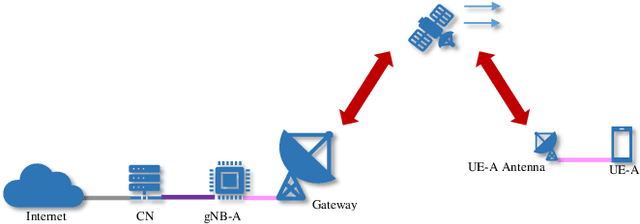

Abstract:5G technology will drastically change the way satellite internet providers deliver services by offering higher data speeds, massive network capacity, reduced latency, improved reliability and increased availability. A standardised 5G ecosystem will enable adapting 5G to satellite needs. The EU-funded TRANTOR project will seek to develop novel and secure satellite network management solutions that allow scaling up heterogeneous satellite traffic demands and capacities in a cost-effective and highly dynamic way. Researchers also target the development of flexible 6G non-terrestrial access architectures. The focus will be on the design of a multi-orbit and multi-band antenna for satellite user equipment (UE), as well as the development of gNodeB (gNB) and UE 5G non-terrestrial network equipment to support multi-connectivity.
Polarization-Based Security: Safeguarding Wireless Communications at the Physical Layer
Jul 14, 2023Abstract:Physical layer security is a field of study that continues to gain importance over time. It encompasses a range of algorithms applicable to various aspects of communication systems. While research in the physical layer has predominantly focused on secrecy capacity, which involves logical and digital manipulations to achieve secure communication, there is limited exploration of directly manipulating electromagnetic fields to enhance security against eavesdroppers. In this paper, we propose a novel system that utilizes the Mueller calculation to establish a theoretical framework for manipulating electromagnetic fields in the context of physical layer security. We develop fundamental expressions and introduce new metrics to analyze the system's performance analytically. Additionally, we present three techniques that leverage polarization to enhance physical layer security.
On the Use of AI for Satellite Communications
Jul 15, 2020Abstract:This document presents an initial approach to the investigation and development of artificial intelligence (AI) mechanisms in satellite communication (SatCom) systems. We first introduce the nowadays SatCom operations which are strongly dependent on the human intervention. Along with those use cases, we present an initial way of automatizing some of those tasks and we show the key AI tools capable of dealing with those challenges. Finally, the long term AI developments in the SatCom sector is discussed.
Decoding 5G-NR Communications via Deep Learning
Jul 15, 2020
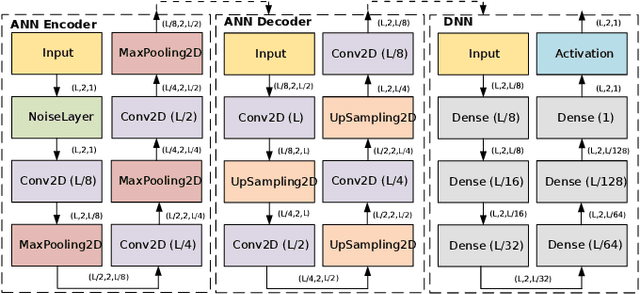


Abstract:Upcoming modern communications are based on 5G specifications and aim at providing solutions for novel vertical industries. One of the major changes of the physical layer is the use of Low-Density Parity-Check (LDPC) code for channel coding. Although LDPC codes introduce additional computational complexity compared with the previous generation, where Turbocodes where used, LDPC codes provide a reasonable trade-off in terms of complexity-Bit Error Rate (BER). In parallel to this, Deep Learning algorithms are experiencing a new revolution, specially to image and video processing. In this context, there are some approaches that can be exploited in radio communications. In this paper we propose to use Autoencoding Neural Networks (ANN) jointly with a Deep Neural Network (DNN) to construct Autoencoding Deep Neural Networks (ADNN) for demapping and decoding. The results will unveil that, for a particular BER target, $3$ dB less of Signal to Noise Ratio (SNR) is required, in Additive White Gaussian Noise (AWGN) channels.
Deep Learning For Experimental Hybrid Terrestrial and Satellite Interference Management
Jun 07, 2019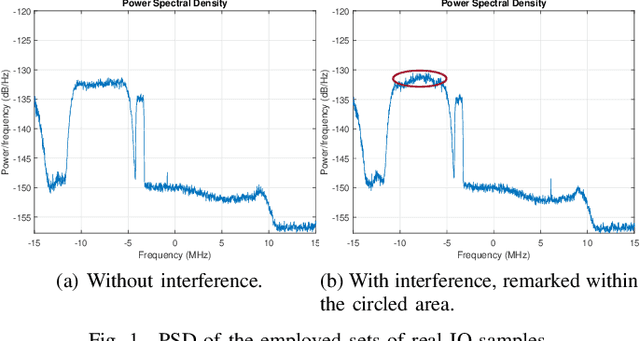

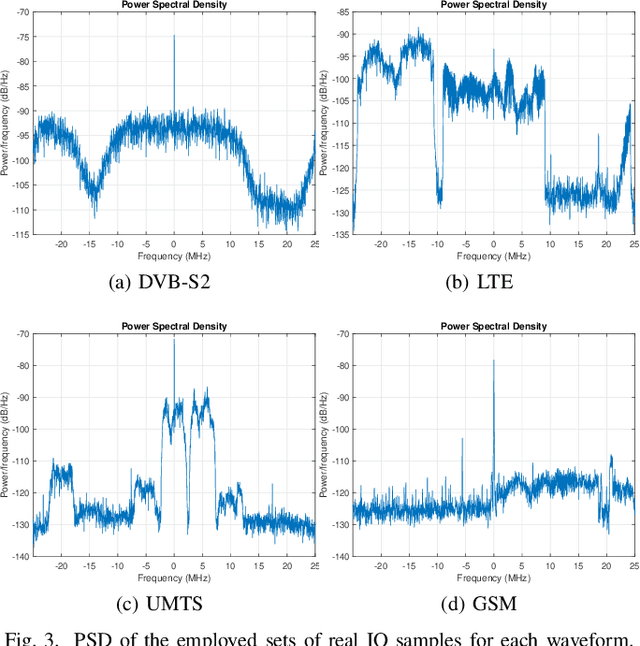
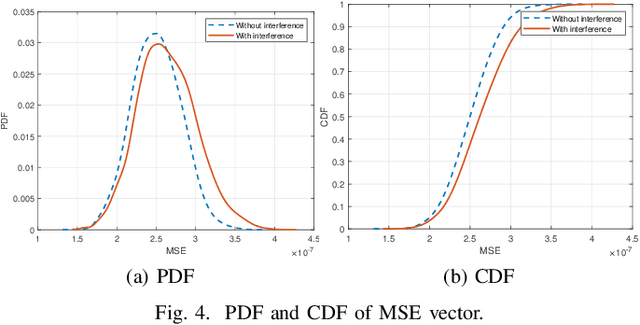
Abstract:Interference Management is a vast topic present in many disciplines. The majority of wireless standards suffer the drawback of interference intrusion and the network efficiency drop due to that. Traditionally, interference management has been addressed by proposing signal processing techniques that minimize their effects locally. However, the fast evolution of future communications makes difficult to adapt to new era. In this paper we propose the use of Deep Learning techniques to present a compact system for interference management. In particular, we describe two subsystems capable to detect the presence of interference, even in high Signal to Interference Ratio (SIR), and interference classification in several radio standards. Finally, we present results based on real signals captured from terrestrial and satellite networks and the conclusions unveil the courageous future of AI and wireless communications.
 Add to Chrome
Add to Chrome Add to Firefox
Add to Firefox Add to Edge
Add to Edge